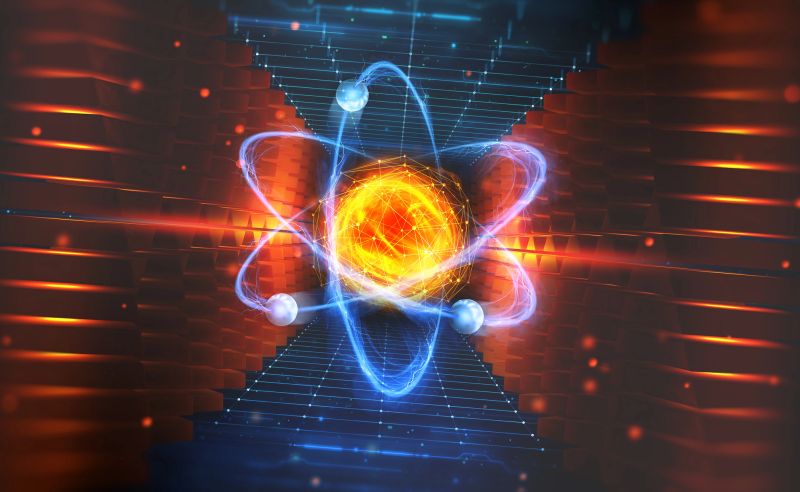Physicists at ITMO University have become the first to explain the nature of the skewed wake effect in particle accelerators. Their analytical theory shows how a tilt of a flat particle beam causes a reverse rotation of its electromagnetic field. The effect leads to unstable behavior of particles in next-gen compact accelerators and large colliders. The discovery could help predict the behavior of asymmetrical beams and make associated experiments safer and more efficient. The study was published in Physical Review Accelerators Beams.

Credit: Yur4you / photogenica.ru
In the 1980s, physicists devised plasma acceleration – a method of speeding up electrons that is still used today. Like a ship treading through water, the first beam of particles passes through a special tube, leaving behind a strong electromagnetic field, or a wake; it is followed by another beam that “rides” the wave and accelerates. This method opens the door for more compact (tens of meters in length), affordable, and efficient particle accelerators and high-power lasers.
But thus far, such projects haven’t been implemented due to the instability of particle beams; the complex electromagnetic fields of such beams behave in unexpected ways inside accelerators. One example is the skewed wake effect in 2024. Studies showed that when an ultra-flat electron beam (tens of times wider in one direction than the other) is tilted inside a channel, the wakefield it generates rotates not with the beam, but strictly in the opposite direction.
The phenomenon had not been theoretically described up until recently, when ITMO researchers discovered a key to its explanation. For that, they created an analytical model that not only confirmed the skewed wake effect, but also proved that the skew angle is always 1.5 times larger than the beam tilt angle.
“Our mission was to crack the mathematics behind the skewed wake effect for the titled beam. We analyzed how the skew alters the beam’s field, drew an equation, and developed methods for calculating integrals. The results are formulas that accurately describe the phenomenon and are convenient for engineering purposes. Furthermore, these formulas can be used to predict how a field will behave in a given device, which can help engineers avoid dangerous tilt conditions or compensate for distortions in an accelerator control system beforehand,” says Anna Chuprina, the first author of the paper and a Bachelor’s student at ITMO’s Faculty of Physics.

Anna Chuprina. Photo by Dmitry Grigoryev / ITMO NEWS
By predicting and controlling the skewed wake effect, researchers can ensure the stability of particle beams in next-gen wake accelerators and large colliders. The discovery made by scientists from ITMO paves the way for more robust and efficient accelerators that may be used for breakthrough studies in high-energy physics, medicine, and materials science.
“We’re studying this effect not just out of curiosity; we see it as a fundamental step towards advanced accelerator technologies. The quantitative descriptions we formulated in our paper will allow us to move from observations to active control of stability in the installations of the future,” adds Stanislav Baturin, a PhD in physics and mathematics, the project’s supervisor, and a senior researcher at ITMO’s Faculty of Physics.

Stanislav Baturin. Photo by Dmitry Grigoryev / ITMO NEWS
Next, the team will attempt to study how the turning of force lines affects particle trajectories in the wakefield and predict possible associated outcomes at different experiment stages.
The study was supported by the grant No. 22-1-2-47-17 from the Foundation for the Advancement of Theoretical Physics and Mathematics (BASIS).
